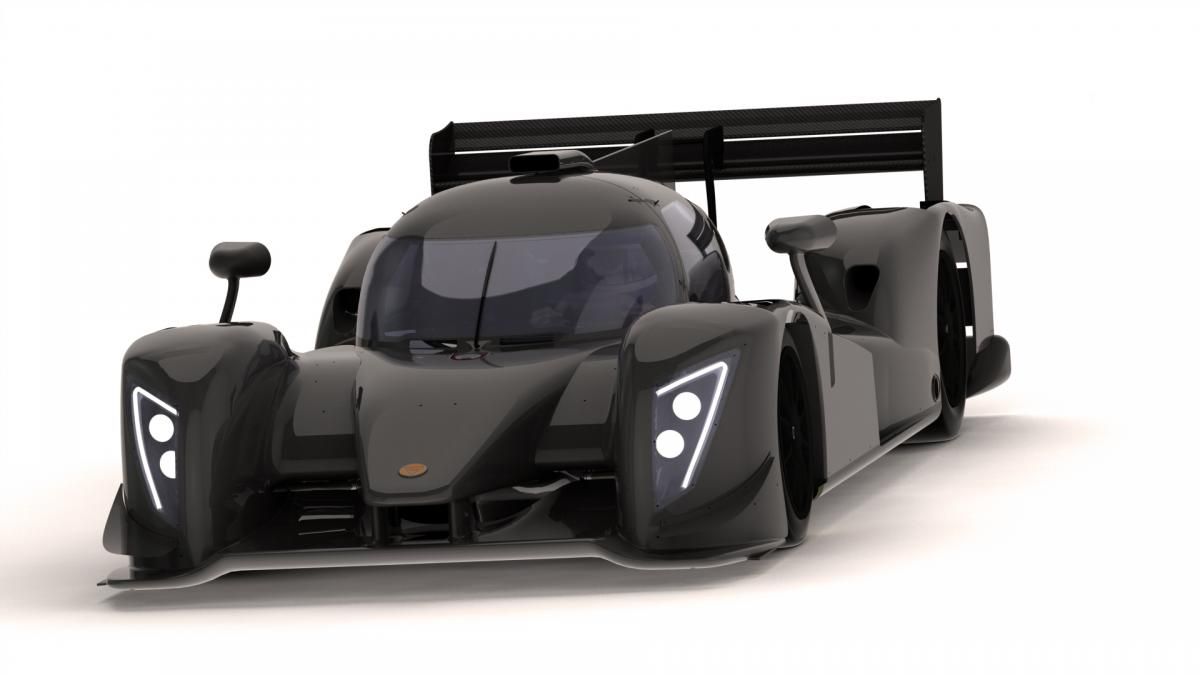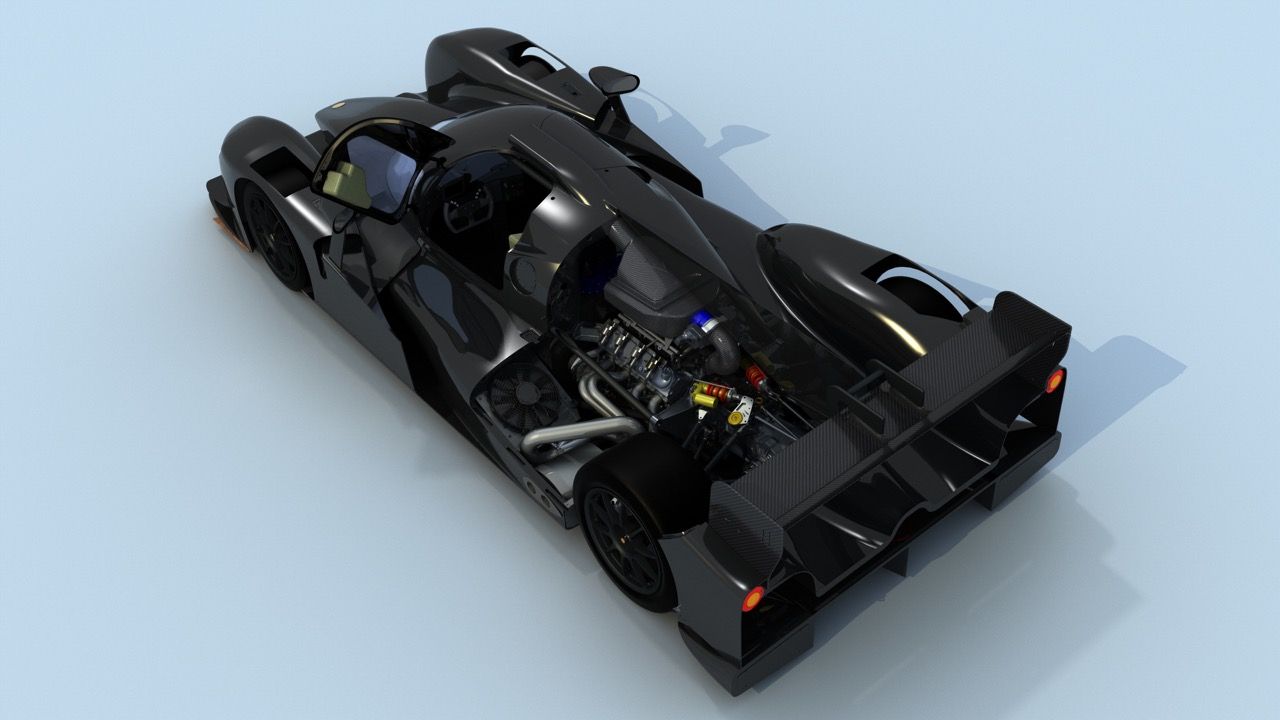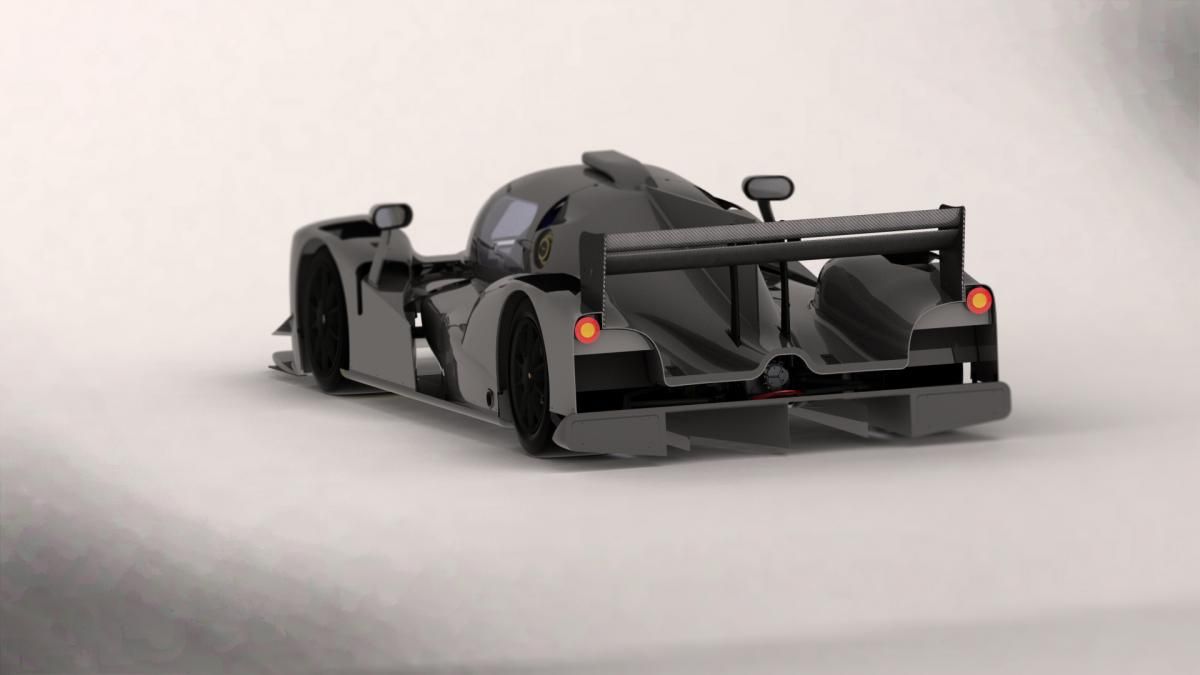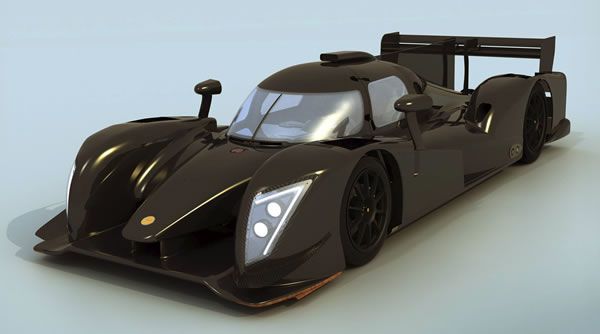The Ginetta->ke3614 name might not ring a bell when it comes to road-going cars, but in the world of motorsports, the name is fairly well known. Earlier this year, Ginetta stepped into prototype racing with a new car known as the 2015 Ginetta-Juno LMP Track Car. That specific car was eligible for a number of different race categories, including the European Le Mans->ke1591 series. It was also aimed at the Asian Le Mans Series as well. And now, with 2015 coming to an end, Ginetta has announced another all-new prototype called the Ginetta G57.
Ginetta put a lot of work into the G57, and as fate would have it, the G57 has already been accepted for racing in the French VdeV series, as well as other open sports car->ke506 championships. We don’t know a whole lot about the new G57, as it has yet to make its official public debut. That won’t take place until mid-January at Autosport International – Europe’s premier pre-season motorsport show.
We may not be able to cover the G57 in extreme detail as we would like to do, at least not until January 14th when it makes its official debut. In the meantime, however, we’ve covered it as well as we can below, so keep on reading to see all the details we’ve obtained thus far.
Continue reading to learn more about the Ginetta G57 Prototype Racer.
2016 Ginetta G57 Prototype Racer
- Make: Array
- Model: 2016 Ginetta G57 Prototype Racer
- [do not use] Vehicle Model: Array
Exterior
At first glance, the G57 actually resembles the Ginetta-Juno LMP quite a bit, but right away, one can tell that it is significantly shorter. The wheel arches are much smoother, compared to its muscular half-brother. However, other features like the bonnet fin, and the design of the rear end are quite similar. The air intake on the roof, and the unrestrained aerodynamic design ring to the tone of other LMP cars as well. Even the cockpit resembles that of a fighter jet, with and air intake extended over the canopy, of course. Much like its Ginetta-Juno half-brother, there is also an opening over each wheel.
The engine bay is accessible via a removable rear quarter panel on the driver side. Presumably, the panel on the right is easily removed as well, but based on the images we currently have, it is impossible to tell for sure. It should also be noted that the driver side door is front-hinged, and opens toward the front of the vehicle. There appears to be a door on the right side of the vehicle as well, but at this point, we don’t have a very good view of that side of the vehicle. Even if that is the case, I highly doubt there is a second seat on the inside.
Headlights on the front of the G57 also resemble the Ginetta-Juno prototype in shape, but on this model, there are two circular lights in the middle and a boomerang-shaped LED bar along the outer-most side and top of each headlight. A single, circular light is placed on each corner at the rear, above the massive rear diffuser that bends around the rear corners of the car.
Interior
Unfortunately, we don’t have all that good a view of the interior. I would suggest, however that Ginetta focused mainly on function and practicality. We know for a fact that the car is built with an FIA approved, steel roll cage, but outside of that, the only detail we know for sure is that it has a three-spoke steering wheel that is open on the top and flat on the bottom. The wheel itself probably provides multiple switches for various functions, but so far, we can’t make it out in that much detail. In front of the steering wheel, there is what appears to be a small display screen that should display things like speed, fuel levels, and any other vital information. To the right of the steering wheel, we can see a small panel with a number of switches that probably include a fuel shut off, starter control, and controls for other adjustables that we aren’t aware of yet.
Drivetrain
The G57 rides upon a carbon fiber monocoque chassis and has a carbon crash box – another feature like the FIA approved roll cage that offers driver protection. According to Ginetta’s press release, the G57 uses a Chevy-sourced 6.3-liter LS3 V-8. Keep in mind that here in the U.S., the LS3 used in the Camaro and Corvette have always been 6.2-liter engines. Going off topic, for a moment, that 6.3-liter size reminds me of the common stroker kit that pushed the LS1 up to 6.3-liters. In any event, that Chevy engine hidden under the rear quarters is said to put out 580 horsepower – a huge jump over the stock LS3 used in the Camaro or Corvette. That engine is bolted up to a six-speed sequential transmission from Xtrac. For now, figures like torque, 0-to-60 mph times, 0-to-100 mph times, and the like are unknown. We will update you with information as it presents itself in the future.
Competition
Honda ARX-04b LMP2 Coupe
The G57 is highly configurable and flexible, so it may actually compete against a wide range of other prototypes. For this review, and what we happen to know about the G57 now, I have pitted it against the Honda ARX-04b LMP2. The ARX-04b was created by Honda Performance Development and England’s Wirth Research. It is powered by a 2.8-liter, turbocharged V-6. The engine itself is actually based off of the 3.5-liter found in cars like the 2015 Acura TLX and various 2014 models. Performance specs seem to be hard to come by, so I can’t go into detail on that, but I do know that the ARX-04b approaches seven figures on the price front. As we learn more about the G57, we’ll update this section with better competitors.
Read our full review on the Honda ARX-04b LMP2 Coupe here.
Conclusion
This review is obviously based on a very thin press release, so drawing a proper conclusion is more than difficult. I do like the fact that the G57 is flexible, allowing a ride range of drivers with varied experience to safely take the wheel. So far, we only know of the G57 being approved for the VdeV series, but I’m sure as more information comes to light, we’ll hear about more events this new Ginetta race in. In fact, I’m curious to learn what open sports car championships the G57 has also been approved to run in. I assume, we’ll learn about that when the car makes its debut early next year. Until then, enjoy the few images and little information we have. We’ll provide updates as new information and specifications become available.








